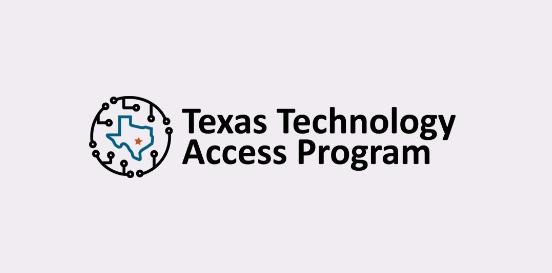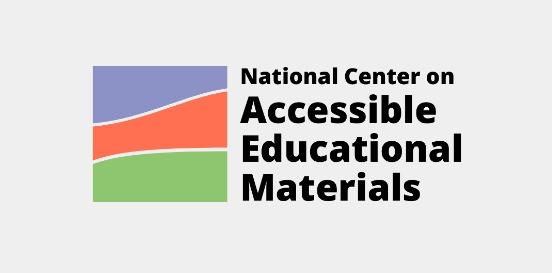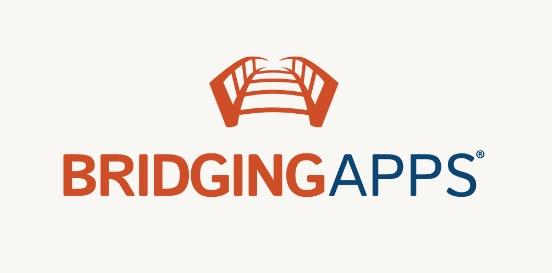Caption Phone
A tool designed to help individuals who are deaf or hard of hearing communicate over the telephone. It works by displaying real-time captions of the conversation on a screen, allowing users to read what the other person is saying in addition to hearing it.
Considerations
Take the following considerations into account when selecting and implementing AT to ensure that the chosen tools are well-suited to the student’s needs, align with their goals, and seamlessly integrate into their educational journey. By embracing a collaborative approach and considering the specific skills, tasks, and implementation context, educators can provide students with the necessary support to thrive academically and functionally, promoting inclusivity and fostering their overall success.
Skills and Tasks What skills or tasks will the student utilize this tool for? What areas, functional or academic, does this tool support?
- Understanding of basic phone operations
- Reading skills
- Communication skills
- Access to phone conversations
Implementation Context In what activities, classes, or environments will the student utilize this tool?
Caption phones typically have a built-in screen where the captions are displayed alongside the traditional telephone interface. Some models may also have adjustable font sizes and colors to accommodate different visual preferences.
Caption phones can be either landline or VoIP (Voice over Internet Protocol) based, and they may require a broadband internet connection for operation. This technology enables individuals who are deaf or hard of hearing to have more accessible and inclusive communication experiences over the phone. Here's how caption phones can help:
- Accessibility: Caption phones provide real-time text captions of spoken conversations, making phone calls accessible for individuals who are deaf or hard of hearing who may rely on written communication.
- Independence: For individuals who are deaf or hard of hearing, caption phones allow them to communicate independently over the phone without relying on others to interpret conversations for them.
- Improved communication: Caption phones facilitate clearer communication by providing text captions alongside spoken dialogue. This can reduce misunderstandings and ensure that important information is accurately conveyed during phone conversations.
- Academic support: Caption phones can be particularly useful for students in academic settings, allowing them to participate in phone-based activities such as interviews, conference calls, or discussions with teachers and classmates.
- Enhanced learning opportunities: Caption phones enable students to access a wider range of learning opportunities, such as participating in remote lectures, phone-based tutoring sessions, or educational peer phone calls.
- Integration with assistive technologies: Caption phones can often be integrated with other assistive technologies, such as hearing aids or cochlear implants, to provide a more comprehensive solution for students who are deaf or hard of hearing.








